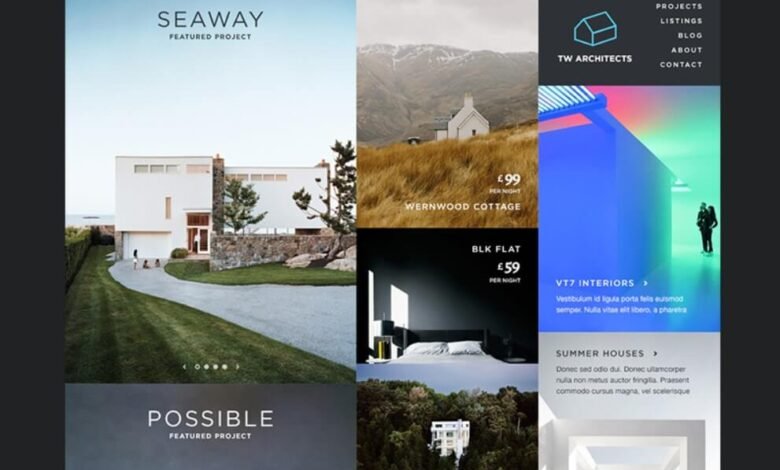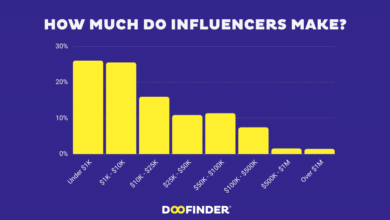How to Create a Modern Website in India: A Comprehensive Guide

How to Create a Modern Website in India: A Comprehensive Guide
In today’s digital age, a modern website is essential for any business or individual looking to establish a strong online presence. India, with its rapidly growing internet user base and tech-savvy population, is a prime location for launching modern websites. Whether you’re an entrepreneur, a freelancer, or a hobbyist, this guide will walk you through the steps to create a modern website tailored to the Indian market.
1. Understanding the Importance of a Modern Website
In India’s competitive online landscape, a modern website serves as the face of your brand. It’s not just about aesthetics but also functionality, user experience, and responsiveness. A well-designed website can enhance credibility, attract potential customers, and provide a platform for engagement.
2. Define Your Goals and Audience
Before diving into the technical aspects, it’s crucial to understand what you want your website to achieve and who your target audience is. Are you creating a personal blog, an e-commerce platform, or a corporate site? Identifying your goals and audience will guide your design and content strategy.
3. Choose the Right Domain Name and Hosting
Domain Name Selection:
- Your domain name should be short, memorable, and relevant to your business or personal brand.
- Consider localizing your domain with Indian extensions like .in or .co.in if appropriate.
Web Hosting:
- Choose a reliable hosting provider that offers good uptime, fast speeds, and customer support. Look for providers with data centers in India to ensure optimal performance for local users.
- Popular Indian hosting providers include Bluehost India, Hostinger India, and BigRock.
4. Designing Your Website: Key Elements
Aesthetic Design:
- Opt for a clean, modern design that aligns with current trends and is visually appealing.
- Use high-quality images, a cohesive color scheme, and intuitive navigation.
User Experience (UX):
- Ensure your website is user-friendly with easy navigation and clear calls-to-action (CTAs).
- Prioritize mobile responsiveness since a significant portion of Indian users access websites via smartphones.
Content Management System (CMS):
- Choose a CMS that suits your needs. Popular options include WordPress for flexibility, Shopify for e-commerce, and Wix for ease of use.
5. Developing Your Website
Responsive Design:
- Implement responsive design principles to ensure your website looks good on all devices, from desktops to smartphones.
Speed and Performance:
- Optimize images and use caching techniques to enhance loading speeds.
- Consider using Content Delivery Networks (CDNs) to deliver content faster to users across India.
SEO Best Practices:
- Optimize your site for search engines with relevant keywords, meta descriptions, and alt tags.
- Focus on local SEO by incorporating location-based keywords to attract Indian users.
6. Content Creation and Management
Engaging Content:
- Create high-quality, relevant content that resonates with your target audience.
- Regularly update your blog, news section, or product listings to keep content fresh and engaging.
Multilingual Support:
- India is a diverse country with multiple languages. Consider providing content in regional languages to reach a broader audience.
7. Testing and Launching Your Website
Testing:
- Thoroughly test your website across different devices and browsers to ensure compatibility.
- Check for broken links, load times, and any usability issues.
Launch:
- Once everything is tested and polished, launch your website. Announce it through social media, email newsletters, and other marketing channels.
8. Maintaining and Updating Your Website
Regular Updates:
- Keep your website’s software, plugins, and themes up to date to ensure security and functionality.
- Regularly add new content and make improvements based on user feedback and analytics.
Monitoring:
- Use tools like Google Analytics to track user behavior and performance metrics.
- Monitor for any technical issues or errors and address them promptly.
9. Marketing and Promoting Your Website
Digital Marketing:
- Utilize SEO, social media marketing, and email campaigns to drive traffic to your site.
- Consider paid advertising options such as Google Ads or Facebook Ads to reach a larger audience.
Local Engagement:
- Engage with local communities and participate in Indian online forums and groups relevant to your niche.
By following these steps, you can create a modern, effective website that caters to the needs of users in India and beyond. Whether you’re starting a new business or revamping an existing site, a well-designed website is a powerful tool for success in the digital world.




